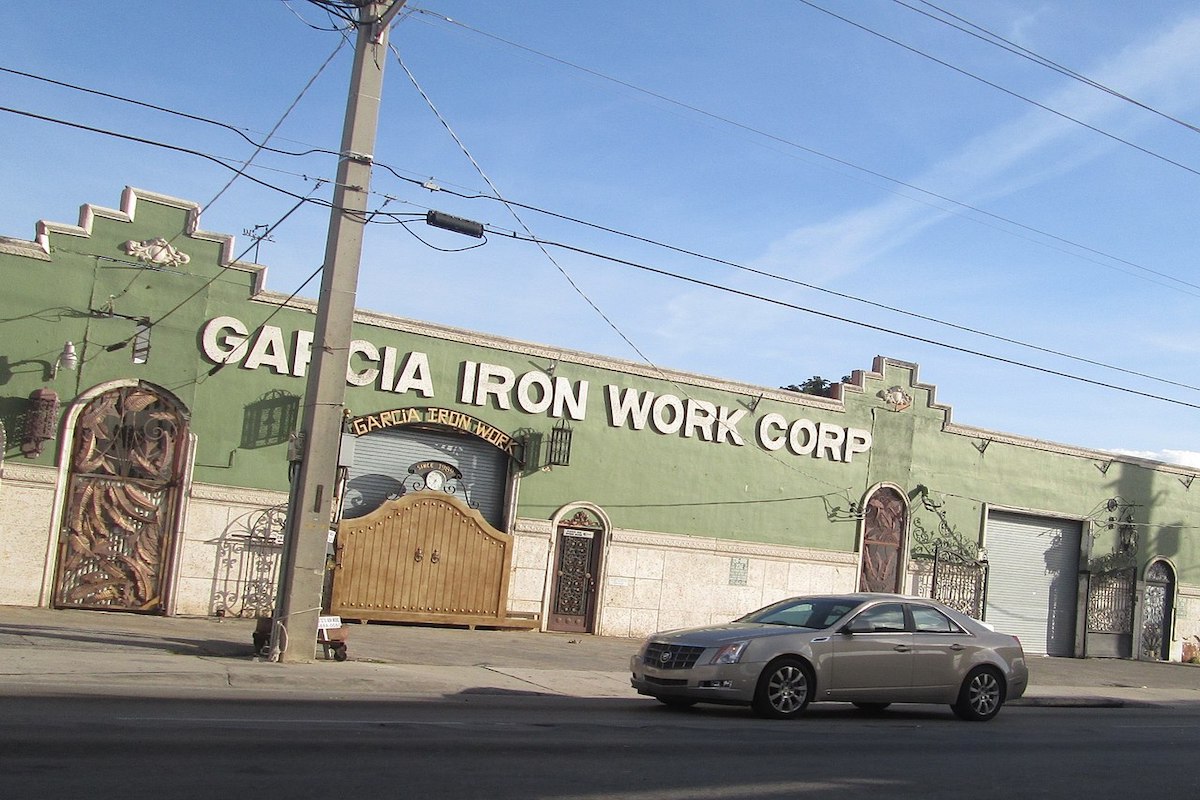

A business in Hialeah, Florida (Photo by Ivan Curra)
The least “diverse” city in the United States is no longer predominantly Anglo, but Latino, and the main language is Spanish, not English. The city’s name is Hialeah, Florida. With over 200,000 residents, this Miami metropolitan area has a very strong Cuban or Cuban heritage connection. The Puerto Ricans are creeping up though, according to stand-up comedian and actor Fluffy:
The credit score company WalletHub recently released a report using information from the U.S. Census about the least and most ethnically diverse cities in 2019, and considered Hialeah as the least “diverse,” since the city has a whopping 96.44 percent Hispanic or Latino population, and only 2.57 percent of whites. Here at Latino Rebels we were originally confused. Doesn’t the word “diversity” normally equate to “minorities” or “non-Anglo?”
Latino Rebels reached out to the company to understand how WalletHub had broken down this concept of diversity in the study, and their response really opens up the question on how the term “ethnic diversity” can be interpreted nowadays. The company said cities considered as “diverse” were those where there was no overwhelming majority of any ethnicity. “For example, in Jersey City 29 percent of the population is Hispanic or Latino, 25 percent Asian, 22 percent black or African-American, and 21 percent white,” they compared. Jersey City is, by the way, the most diverse city in the United States, according to this report.
In terms of ethno-racial diversity, the company accounted for five categories: Hispanic or Latino, white, Black or African-American, Asian and all others. It also looked at birthplace diversity to separate those born abroad but to American parents, from those born in a foreign nation (immigrants).
Hialeah has few white people, but even less of the other ethno-racial categories: less than one percent of the population is Black (0.47 percent), Asian (0.34 percent), or any other (0.19 percent). Seven out of 10 people in Hialeah are immigrants, in all likelihood mostly from Cuba, although the study does not specify the countries they came from.
Latino Rebels reached out to Hialeah mayor’s office for comment, but did not get a response.
The study measured the overall diversity by mixing ethno-racial, linguistic and birthplace diversity, and compared the results across 501 cities in the United States. You can see them here. Using this approach threw out some other surprising results, like the fact that among cities with a population of 300,000 people and over, the list was topped by the following cities: New Orleans, Louisiana; Memphis, Tennessee; Lexington-Fayette, Kentucky; Louisville, Kentucky, and Detroit, Michigan.
“While New Orleans and Detroit ranked in the second half, 271st and 392nd respectively, they aren’t the least diverse cities,” commented the company’s analyst, Jill Gonzalez. “Both cities have a high concentration of Black or African-American residents, 59 percent in New Orleans and 79 percent in Detroit. However, because the other ethno-racial categories have low representations, we cannot qualify the two cities as being ‘diverse’ in the case of this report.”
Unsurprisingly, there are many “Americas” within the U.S. territory, and although the ethno-racial diversity has evolved over time, it hasn’t really changed the composition of the states when looked at from afar:
The same can be said about the birthplaces of people (and yes, the Puerto Rico stats below are “complicated”):
Asked about the benefits and challenges that ethnic diversity brings to a city, Maureen Craig, assistant professor at New York University, said research shows that when white Americans learn their neighborhoods might be becoming more racially diverse, this might spur them to adopt discriminatory and exclusionary stances. That said, Craig said that a key thing to consider in the results of these experiments is that white Americans are asked to anticipate the demographic shifts.
“How increasing diversity affects residents may depend on if the anticipation of demographic change leads people to take actions that preclude opportunities for the very types of contact that can promote positive intergroup relations,” said the professor of social psychology.
So, for example, in areas actually undergoing increases in ethnic diversity, having neighbors from a diverse ethnic background can actually lead to positive interactions that actually foster tolerance from white Americans, according to Craig.
Census population projections show that by 2045 no single ethnic group will constitute a majority in the United States.
Everybody in Hialeah might speak Spanish and it might top the list as the least diverse city in the United States, but the second less diverse city (Parkersburg, West Virginia) remains a predominantly white space. Here, 93.36 of the population is white and just little over one percent identify as Hispanic or Latino.
***
Emily Corona is a digital intern at Futuro Media. She is a journalist and translator from Mexico City, pursuing a master’s in journalism and Latin American and Caribbean studies at NYU. She tweets from @daminijo.





Personally I think is great, Harrah for Hialeah, Florida.
Love Hialeah. Been here 36yrs, we cubans are already diverse we love ourselves and our culture we dont need no cracker libtards tellin us to be more diverse and we already come in black too so no need to push American blacks on us